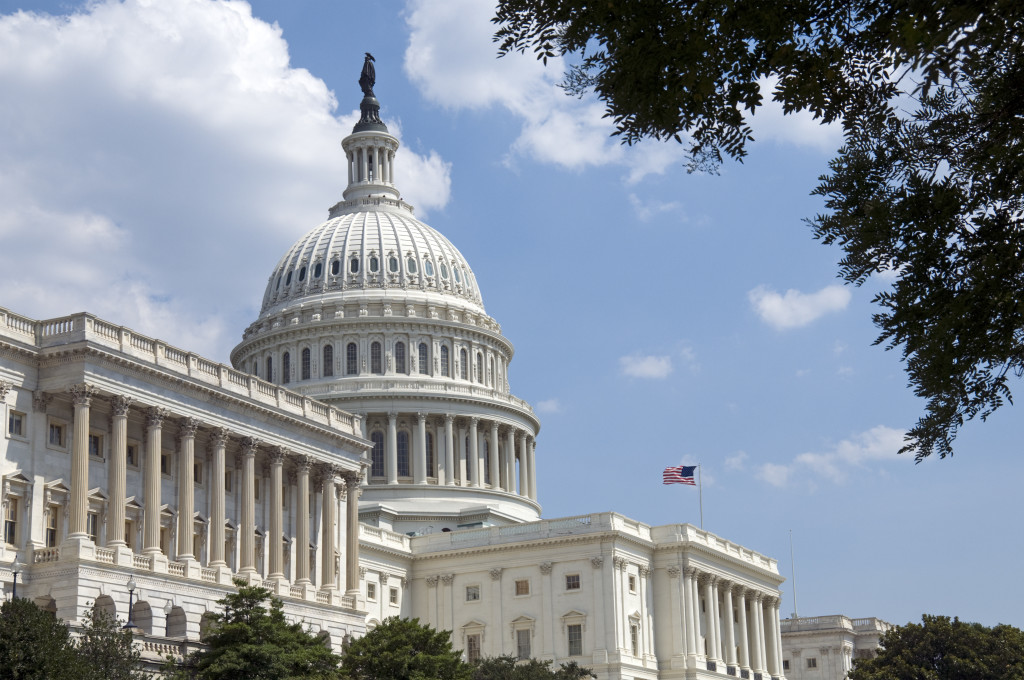Tax Break Extender Package Approved By Congress
Mar 24, 2016
At the end of last year, Congress continued its tradition of passing an “extender package.” Typically, the year-end packages extend various tax benefits for one year only, but this most recent legislation — the Protecting Americans from Tax Hikes (PATH) Act of 2015 — extended many benefits for longer periods, and in some cases, permanently.
Following are some of the more important provisions affecting individual taxpayers:
State and local sales taxes. The new law permanently extends the provision allowing taxpayers to take an itemized deduction for state and local sales taxes rather than state and local income taxes. This provision may be useful to individuals who live in states with no income tax or who have purchased an expensive item, such as a car.
American Opportunity Tax Credit. Also made permanent is the tax credit of up to $2,500 per year for the payment of qualified tuition and related expenses for the first four years of post-secondary education. The credit is subject to phaseout based on income level.
Higher education expense deduction. This provision allows eligible individuals to deduct up to $4,000 or $2,000 (depending on income) of qualified tuition and related expenses. Because the deduction is “above the line,” taxpayers do not need to itemize to take it. The deduction is extended for 2015 and 2016.
Nontaxable IRA charitable transfers. Under this provision, now permanent, individuals age 70½ or older may exclude from gross income up to $100,000 per year for direct transfers from their individual retirement accounts to qualifying charities. If all requirements are met, such contributions also count toward the taxpayer’s required minimum distributions.
Businesses
Among other changes, the PATH Act of 2015 provides more generous write-offs for qualifying fixed asset purchases:
Higher Section 179 limit. Effective for the 2015 tax year, the new law makes permanent the $500,000 limit on the cost of machinery, equipment, and other eligible property that businesses may expense each year. The election is subject to a dollar-for-dollar phaseout once the cost of expensing-eligible property exceeds $2,000,000.
“Bonus” first-year depreciation. Thanks to the new law, businesses will continue to have the option of deducting 50% of the cost of qualifying property (e.g., most machinery and equipment) in the year the property is placed in service. The 50% “bonus” depreciation percentage is available for 2015, 2016, and 2017. The percentage drops to 40% in 2018 and to 30% in 2019.
Categories: Other Resources

